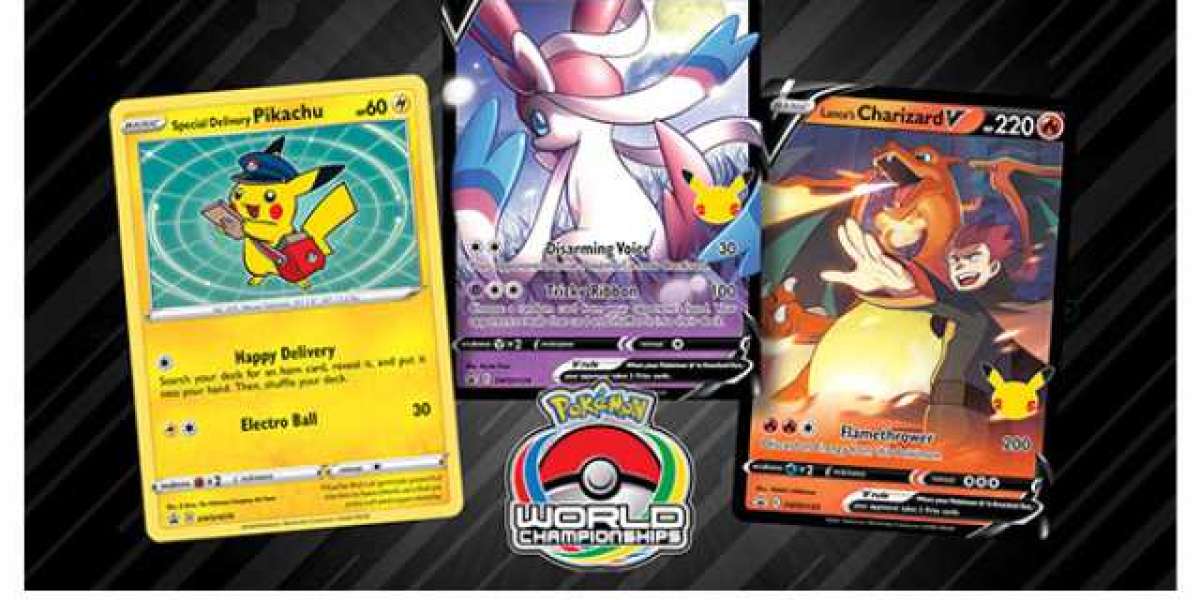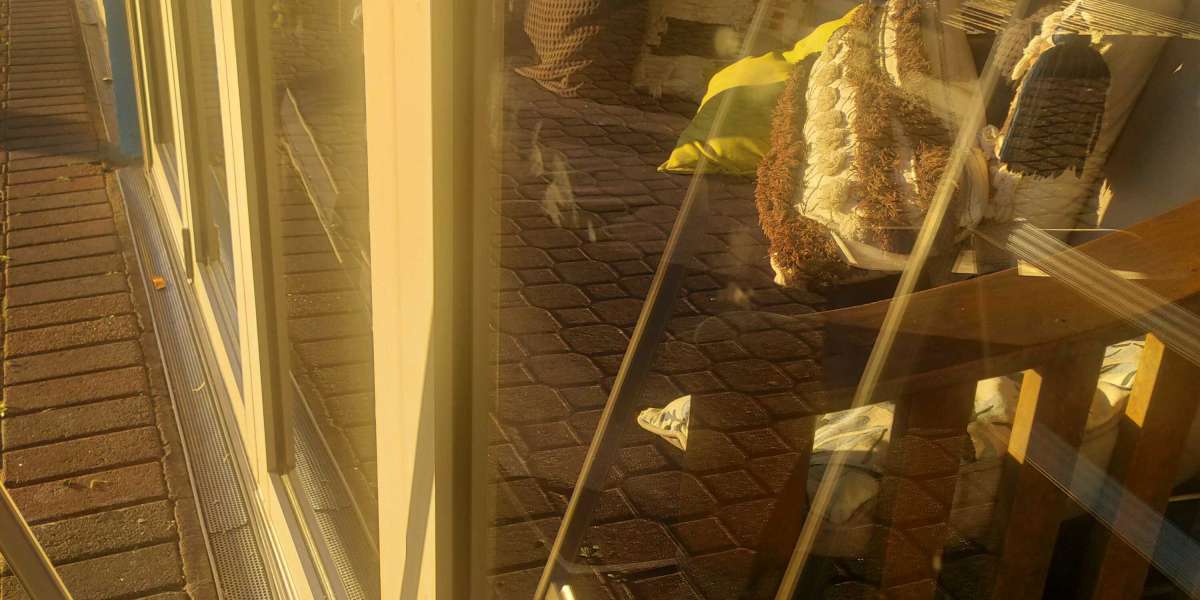See More 2023 LED Bedroom Lighting Trends
The Importance of Light 'Temperature'
When it comes to LED lights, understanding light 'temperature' is crucial. Light temperature is measured in Kelvin (K) and determines the color of the light emitted by the bulb. For a warm and inviting ambiance similar to old-fashioned tungsten bulbs, look for LED bulbs with a temperature of around 2700 Kelvin (K). Interestingly, people from colder climates tend to prefer warm lights, while those from hotter climates opt for cooler, more white or blue lights.
The Power of LED Lights
LED lights are not only energy-efficient but also perfect for those with solar panels on their roofs. By switching to LED lights, you can significantly reduce your electricity consumption and lower your monthly utility bills. Even if you don't have solar panels, upgrading your lighting to LED can make a significant impact on your overall energy usage.
Frequently Asked Questions
Can I replace bulbs in a circuit one by one, or do I have to replace all of them at once?
If the bulbs are mains voltage (with pegs), you can replace them individually. However, it is recommended to replace all of them for better efficiency. For low-voltage bulbs (with pins), it may be more complicated. Some LED bulbs can work with existing transformers, while in other cases, you may need to replace the transformer with an LED driver.
How do I convince people that modern LED lights are better than old ones?
Many people still have memories of dim and cold LED lights from the past. To change their perception, show them the variety of colors, brightness levels, and fittings available in modern LED bulbs. Let them try different options before making a purchase. People are often pleasantly surprised by the quality and warmth of the light produced by LED bulbs.
What should I do with my old working bulbs when I switch to LED lights?
If the old bulbs are halogens or compact fluorescent tubes (CFLs), they should be recycled properly. CFLs contain mercury and should not be disposed of in regular waste. LED bulbs are more energy-efficient and eco-friendly, so the energy savings from using them outweigh any carbon emissions associated with their production.
Is it worth replacing CFL spotlights with LED versions?
While the energy savings from switching to LED lights are not as significant as replacing traditional bulbs, there is still a noticeable reduction in energy usage. Additionally, LED bulbs have the advantage of instant illumination and are compatible with a wide range of dimmer switches.
Can LED lights contribute to heating my home?
While traditional bulbs may emit heat, relying on them as a heat source for your home is highly inefficient. Heat from ceiling lighting tends to stay near the ceiling and does not evenly distribute heat throughout the room. It is more cost-effective to use gas or biomass for heating, and your boiler has a thermostat to regulate the temperature.
Where can I find reliable LED bulb suppliers?
There are various options for purchasing LED bulbs. Energybulbs.co.uk and Ledhut.co.uk are reputable online suppliers with a good selection and return policies. IKEA's LEDARE range is also recommended for their quality and warm light. Remember, quality should be a priority when buying LED bulbs, as cheaper options may not last as long or perform as well.
Can LED lights be dimmed with existing dimmer switches?
Dimmable LED lights are now readily available and reliable. However, you may need to change your dimmer switch to an LED-compatible one, as they are designed to handle lower loads. Some LED bulbs come with built-in circuitry for dimming, while others may require a compatible dimmer switch.
How can I ensure that LED bulbs last as long as advertised?
Investing in quality LED bulbs is essential for longevity. Cheaper bulbs often have a shorter lifespan. If your LED bulbs are blowing out frequently, there may be other issues, such as loose connections or faulty wiring. It's worth contacting an electrician to investigate the problem. Poor electrical supply can also affect bulb life, but voltage optimization systems may not always solve the issue.
Where can I find LED bulbs, and are they cheaper than traditional energy-saving bulbs?
LED bulbs are not as cheap as traditional energy-saving bulbs, but they are becoming more affordable. Consider the running cost as well—LED bulbs offer significant savings in the long run compared to traditional bulbs. You can find LED bulbs at DIY stores, lighting shops, and online retailers. Look for the right bulb based on your preferences and lighting needs.
Can you recommend a reliable LED bulb for replacing bayonet 60w and 100w bulbs?
Finding the perfect LED bulb can be challenging, as it depends on personal preferences. For a warm light, choose bulbs with a Kelvin count of 2700 or less. For the light output, a rough rule of thumb is to divide the wattage of traditional bulbs by 10. IKEA offers reasonably priced LED bulbs with good quality and warm light. If you have a bayonet fitting, converters are available to use screw bulbs in those fixtures.
Can GU3 halogen bulbs be replaced with LED lights without significant changes to the system?
Yes, it is possible to replace GU3 halogen bulbs with LED lights without major alterations. Look for LED bulbs that match the specifications (bi-pin cap, 3mm distance) of your existing halogen bulbs. Opt for bulbs labeled as "exact match" or "perfect fit" to ensure they fit into your current fixture.
See More Searching for the perfect LED Neon Flex lights for your swimming pool?
A Step-by-Step Guide to Installing LED Lights
Here is a simplified guide to help you install LED lights effectively:
- Determine which lights are used the most and start by replacing those bulbs to maximize energy savings.
- Consider the light output you desire and choose LED bulbs that provide a similar brightness level to traditional bulbs. As a rough guideline, a 10w LED bulb is equivalent to a 100w traditional bulb.
- Light temperature, measured in Kelvin (K), determines the color of the light. Lower Kelvin numbers (around 2700K) produce a warmer light, while higher numbers result in cooler and whiter light.
- If you prefer dimmable lights, make sure to purchase dimmable LED bulbs and consider changing your dimmer switch if necessary.
- Take note of the fitting type when buying LED bulbs and match them with the existing fittings in your home.
- Test out a single bulb before replacing all the bulbs to ensure it meets your expectations.
- Remember that LED bulbs have a longer lifespan, reducing the need for frequent bulb changes and saving you money in the long run.
By following these steps, you can seamlessly transition to LED lights and enjoy their numerous benefits.
In conclusion, converting to LED lights is a smart choice for energy efficiency, cost savings, and creating a warm and welcoming home environment. Take the plunge and make the switch to LED bulbs today!
See More LED strips






